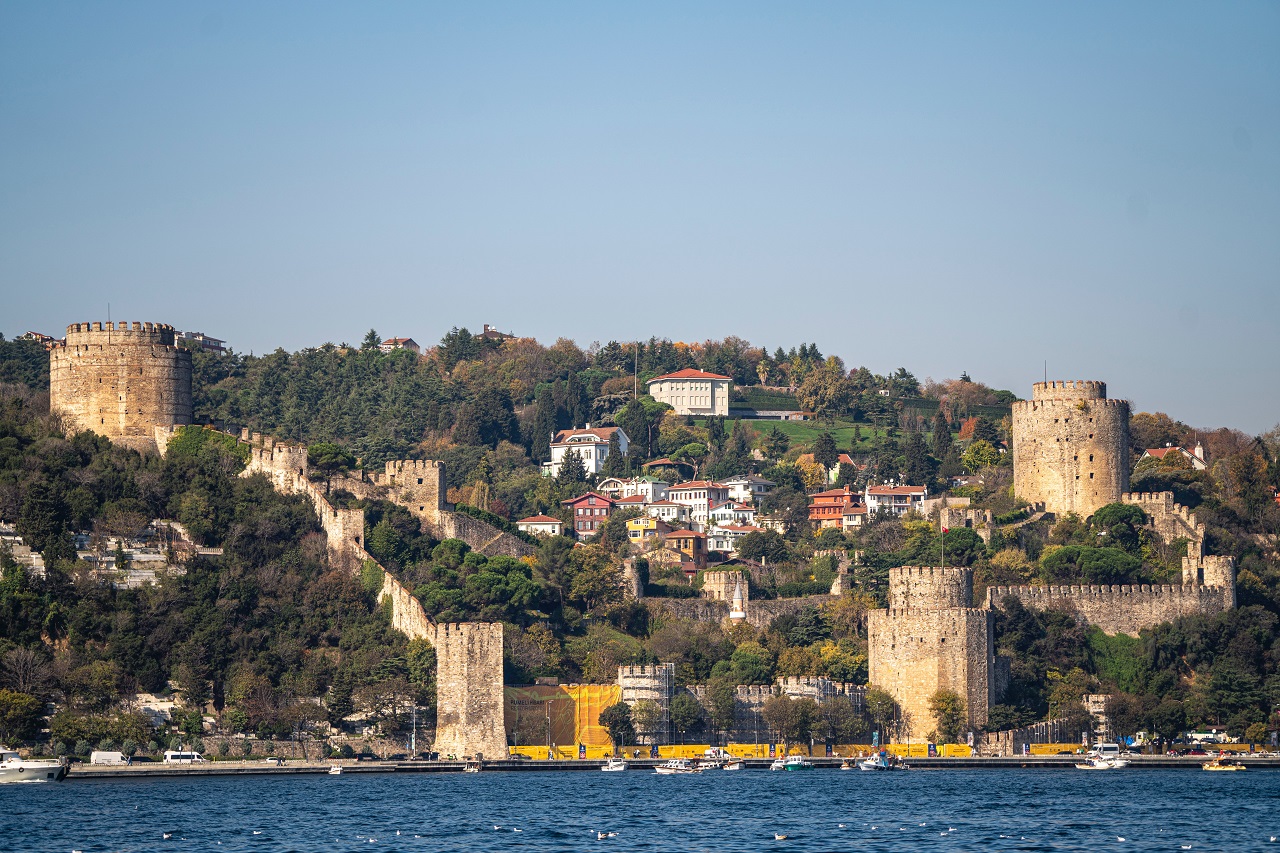With up to 40 million visitors a year, Turkey is the 6th largest tourist destination in the world. All historians agree that Turkey's cultural heritage is diverse in many ways due to its role as a bridge between Asia and Europe. This wide-ranging cultural heritage was born out of the coexistence of a multicultural population during the Ottoman period. In this way, the observations from each nation have been passed down to the present day through the formation of fascinating works of architecture, economics and art.
Istanbul, one of Turkey's most popular cities, has been the capital of the Ottoman Empire for 470 years throughout the Ottoman history, in addition to being one of the metropolitan cities that are frequently mentioned worldwide. After its historical and natural beauties, this mosaic of cultures has now become a remarkable city with its developing health sector.
Scientific research has proven that a positive mental state during the treatment process increases the patients' compliance with the treatment and the speed of recovery. The historical texture of Istanbul, which was the capital of three empires, reduces the stress of the patients and increases the resistance of the patient and changes the results of the treatment positively.
The historical beauties of this city, which experiences four seasons together, will not end with counting, but these historical sites, which we will talk about with the most unknown aspects, will fascinate you as much as those who see them. Let's start with Rumeli Fortress, which will attract your attention with its construction history rather than its structure.
Rumeli Fortress; Investing in the future

One of the most beautiful examples of Istanbul's historical buildings is the Rumeli Fortress. One of the issues that make Rumeli Fortress so important is its location. Thanks to this strategic location, the Bosphorus was kept under control and played a major role in the defense of Istanbul. Built in 1452 on the orders of Sultan Mehmet the Conqueror, the construction of the fortress began before the conquest of Istanbul, making it a phenomenon.
Rumeli Fortress was the key point that opened the gates to the conquest of Istanbul. Surrounded by high walls, this strategic structure has the largest bastions of the period. When the architectural traces it bears are evaluated, it is seen that the fortress was built for defense purposes, but it is one of the most important examples of the architecture of the period. The fact that this impressive fortress was completed in just four months proves how advanced the engineering skills of that period were.
Pantokrator Monastery Church / Molla Zeyrek Mehmet Efendi Madrasah / Zeyrek Mosque

(Image source: https://islamansiklopedisi.org.tr/zeyrek-kilise-camii)
Pantokrator Monastery Church is another historical building adorned with a mixed cultural texture. In fact, it is quite difficult to call it a building because the Pantocrator Monastery Church is a place of worship formed by the coming together of three different buildings. The purpose of use of this place of worship has changed many times over the years and has served many different purposes.
This building, which also housed a hospital, library, old people's home, chapel and eye health center, was converted into a madrasah like many monastery buildings with the intervention of Fatih Sultan Mehmet after the conquest of Istanbul. After it was converted into a madrasah, the name of this madrasah, which was taught by Molla Zeyrek Mehmet Efendi, one of the best scholars of the period, was changed to Molla Zeyrek Mehmet Efendi Madrasah. Later on, students were transferred to other madrasas for education and the name was changed to Zeyrek Mosque.
Zeyrek Mosque is known to have shelters and secret passages in its walls from the times when it was a monastery. This is why this building is referred to as one of the hidden treasures of Istanbul.









